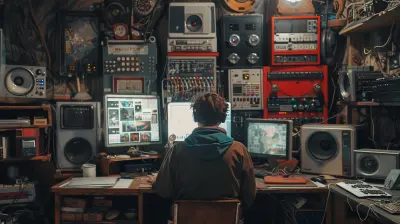New VR Title Breaks Immersion Boundaries
2 September 2025
Virtual reality has come a long way over the last few years. From clunky headsets and pixelated environments to wire-free systems and near-photorealistic visuals, VR gaming continues to evolve at a pace that’s borderline futuristic. But just when we thought we'd seen it all, a new VR title emerges—shattering the invisible wall between the player and the virtual world.
In this article, we’re diving headfirst into this groundbreaking new VR experience that’s making gamers do a double-take, question reality, and maybe even trip over the coffee table. Buckle up, because this game isn’t just putting you in the action—it’s blurring the line between actual and virtual like never before.
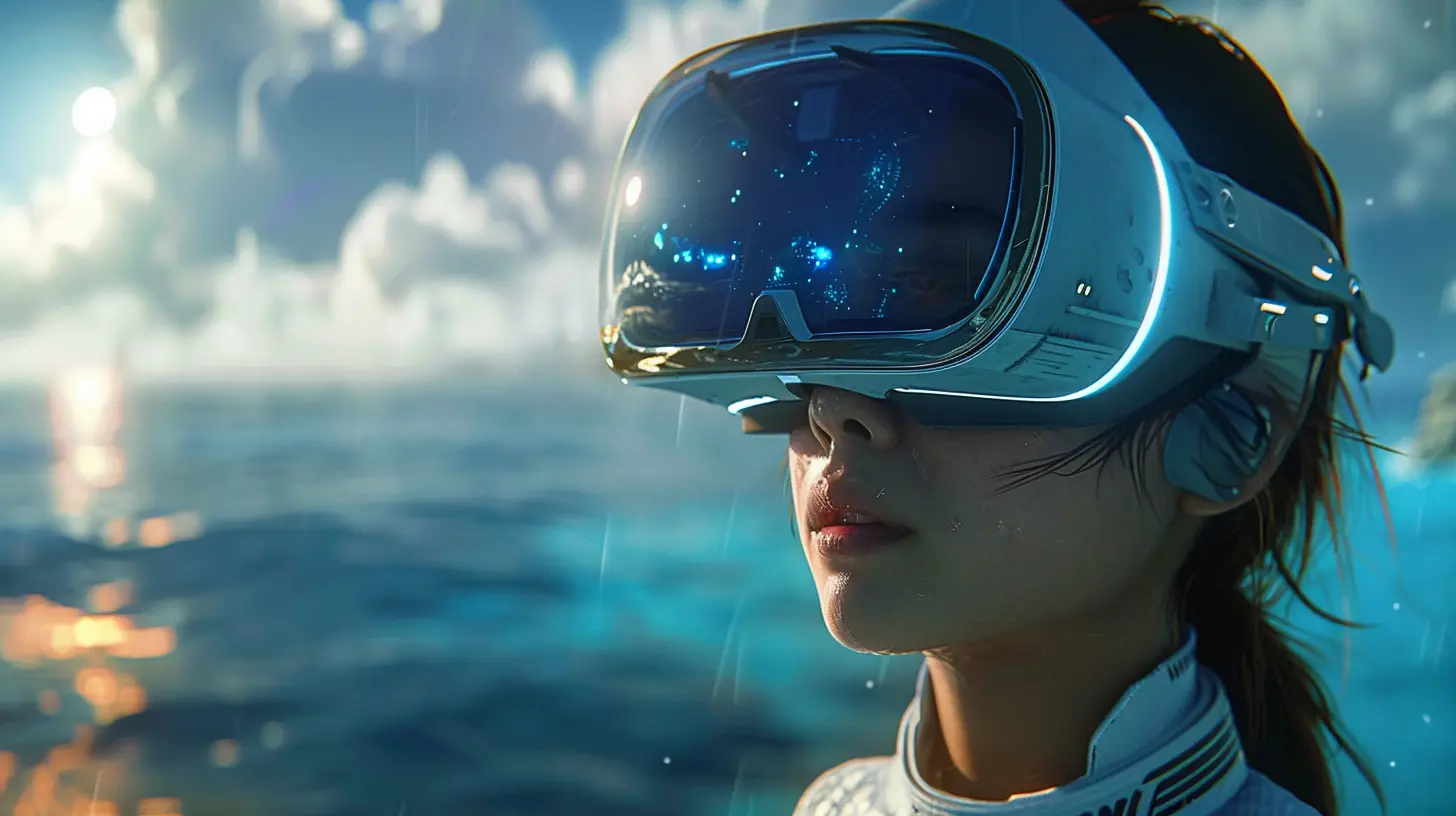
The Game That’s Turning Heads and Warping Minds
So, what’s all the buzz about? This new VR title (which we’ll keep unnamed for a bit—suspense, right?) is more than just a game. It’s a fully immersive experience that pushes the limits of what we believed VR could do. Picture this: you’re not just holding controllers anymore—you’re using your hands, your voice, your surroundings—heck, even your emotions play a part.This isn't one of those “look around and shoot stuff” kinds of games. It's a whole different beast. It reads you. It adapts to you. It reacts in real time like a sentient organism. Creepy? Maybe. Cool as hell? Absolutely.
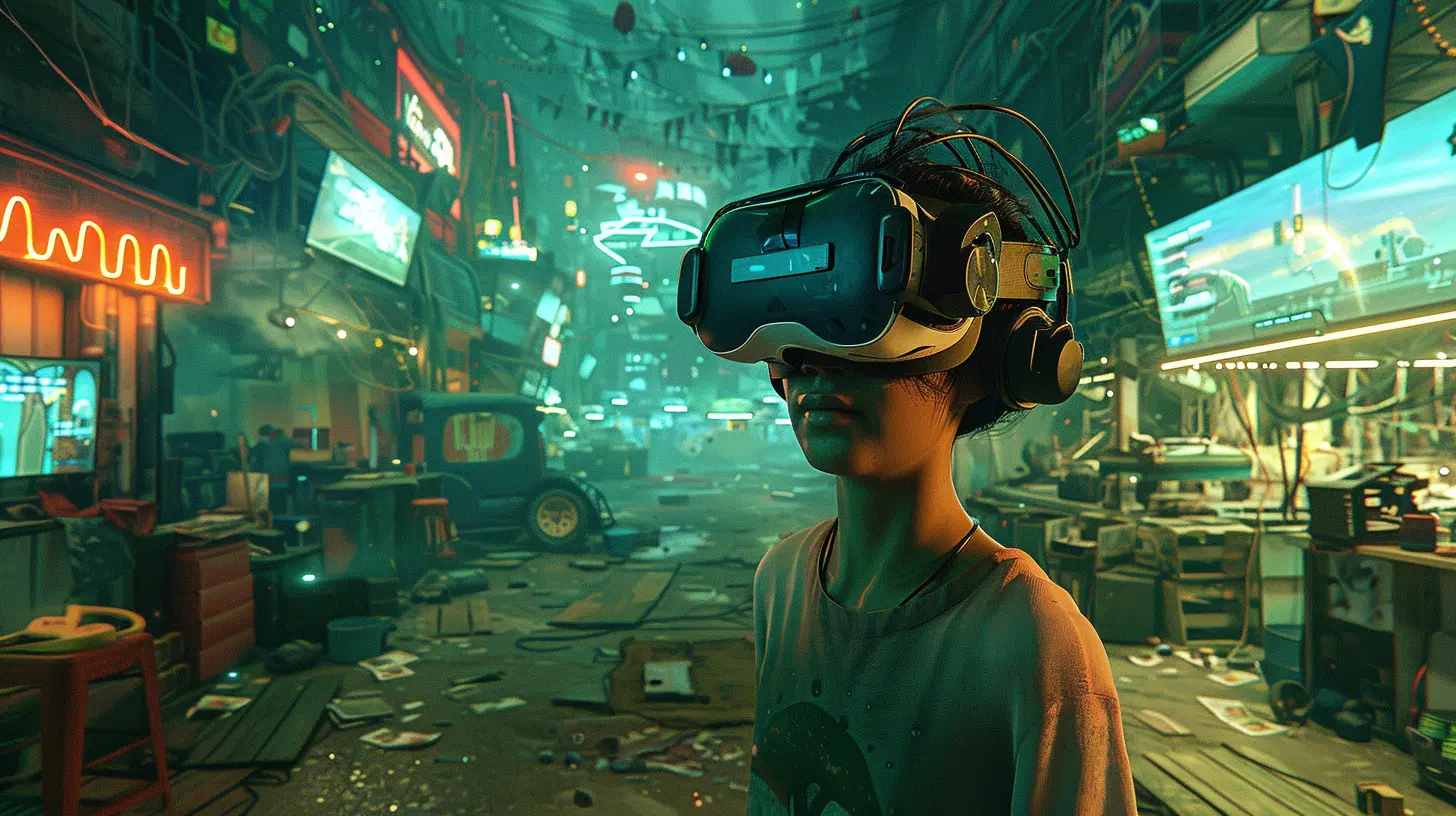
What Makes It So Different?
Two words: sensory integration. That’s right. This new VR title doesn't just hit your eyes and ears—it taps into your sense of touch, motion, and even spatial presence in a way no game has done before. Remember the first time you tried VR and felt a little wowed by being “inside” the game? Multiply that by ten, and now you’re getting close.Let’s break down the standout features that are making this title the new standard in immersive play.
1. Full-Body Motion Tracking Without the Funky Suit
Forget the bulky full-body haptic suits of yesterday. This game uses advanced AI-powered camera systems to read your body’s movements in real time. You squat? The character squats. You lean forward? So do they. It mirrors your gestures down to the twitch of a finger without needing a second mortgage for gear.Not only does this make movement feel natural, but it also creates a weirdly convincing sense that you are your avatar. No delayed glitches, no awkward stepping—just smooth, responsive action that flows like real life.
2. Voice Recognition That Actually Feels Like Conversation
You can literally talk to characters in the game, and they talk back—to you, not to some preset dialogue tree you’ve heard a hundred times. The AI-driven NPCs in this world are almost unsettlingly human. They use facial expressions, micro-reactions, and tone changes to respond to your voice naturally.Imagine asking an NPC for help, and instead of a stale “I don’t know,” they look you in the eye and say, “Hey, you look a little lost—let me walk you to the gate.” That level of immersion? It's next-level stuff.
3. Environmental Interaction That’s Almost Too Real
Have you ever tried picking up items in a VR game only to awkwardly fumble like you’re wearing oven mitts? Yeah, we’ve all been there. This new title changes the game (literally) by using ultra-precise hand tracking.You can pick up a pebble, toss it at a metal wall, and actually hear and see the ricochet in a realistic way. Water ripples when you walk through it. Leaves rustle as you brush past. It's so real, you might find yourself reaching for a towel after a rain scene.
4. Emotional AI – The Real Showstopper
Here’s where it gets a little Black Mirror. The game actively reads your emotional state using subtle cues like your tone, movement speed, and decisions made throughout the gameplay.Feeling stressed? NPCs may treat you more gently. Calm and confident? They’ll challenge you. The game doesn't just adapt to your skill level—it evolves with your mood. It's like having a therapist, best friend, and dungeon master all rolled into one virtual world.
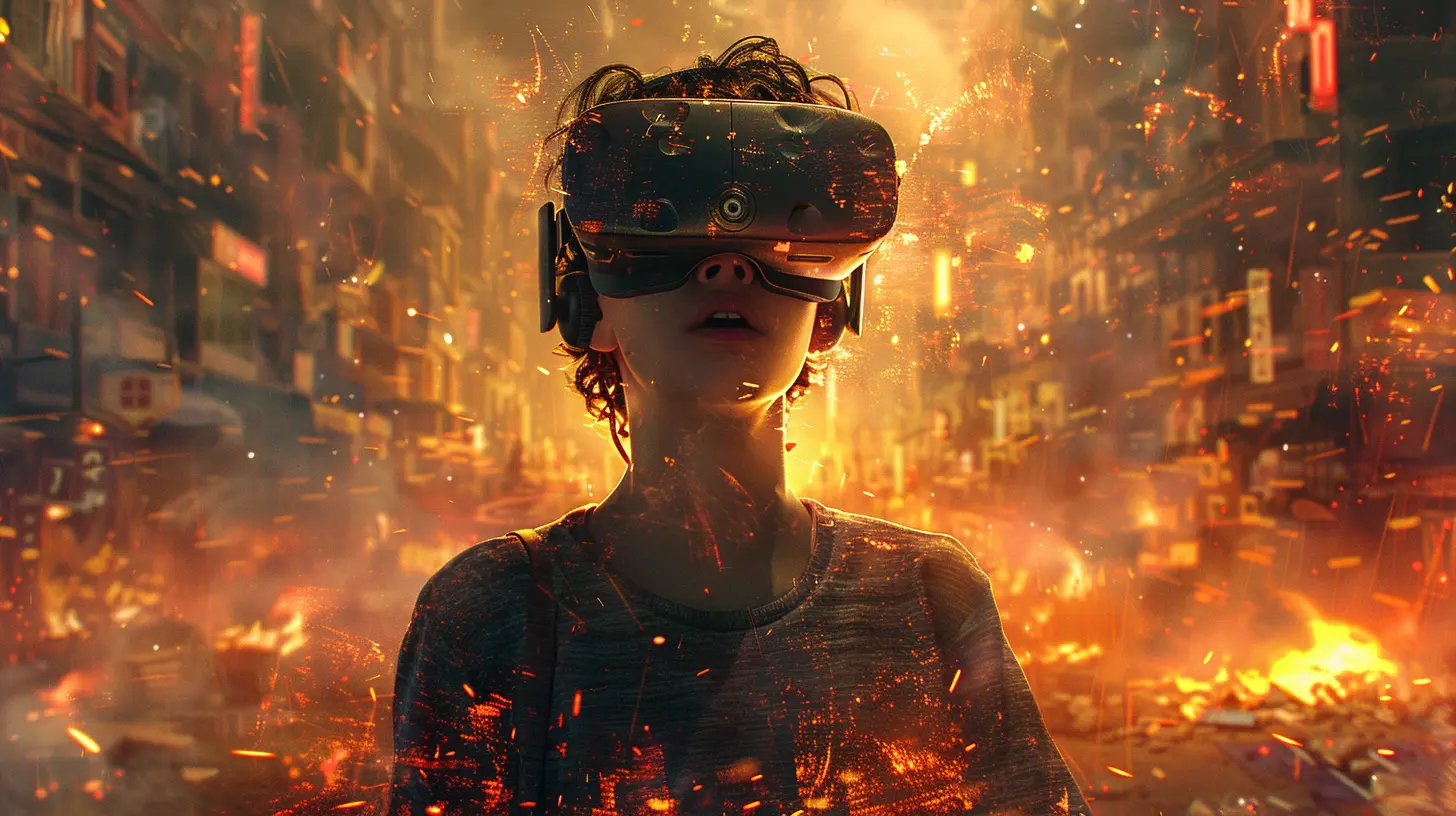
How It All Comes Together
You might be wondering how all of this works under the hood. The answer? A complex mesh of machine learning, neural networks, and next-gen hardware that works together seamlessly.This game wasn’t built overnight. It’s the result of years of experimentation, user testing, and some serious sci-fi-level programming. The developers pulled out all the stops, focusing more on user experience than pure graphics or content quantity. And guess what? It paid off.
Every part of the game world feels alive—and not in that fake, mechanical way. It has presence. You don’t just enter a world; you become part of it. And once you're in, leaving feels like waking up from a dream you weren’t quite ready to end.
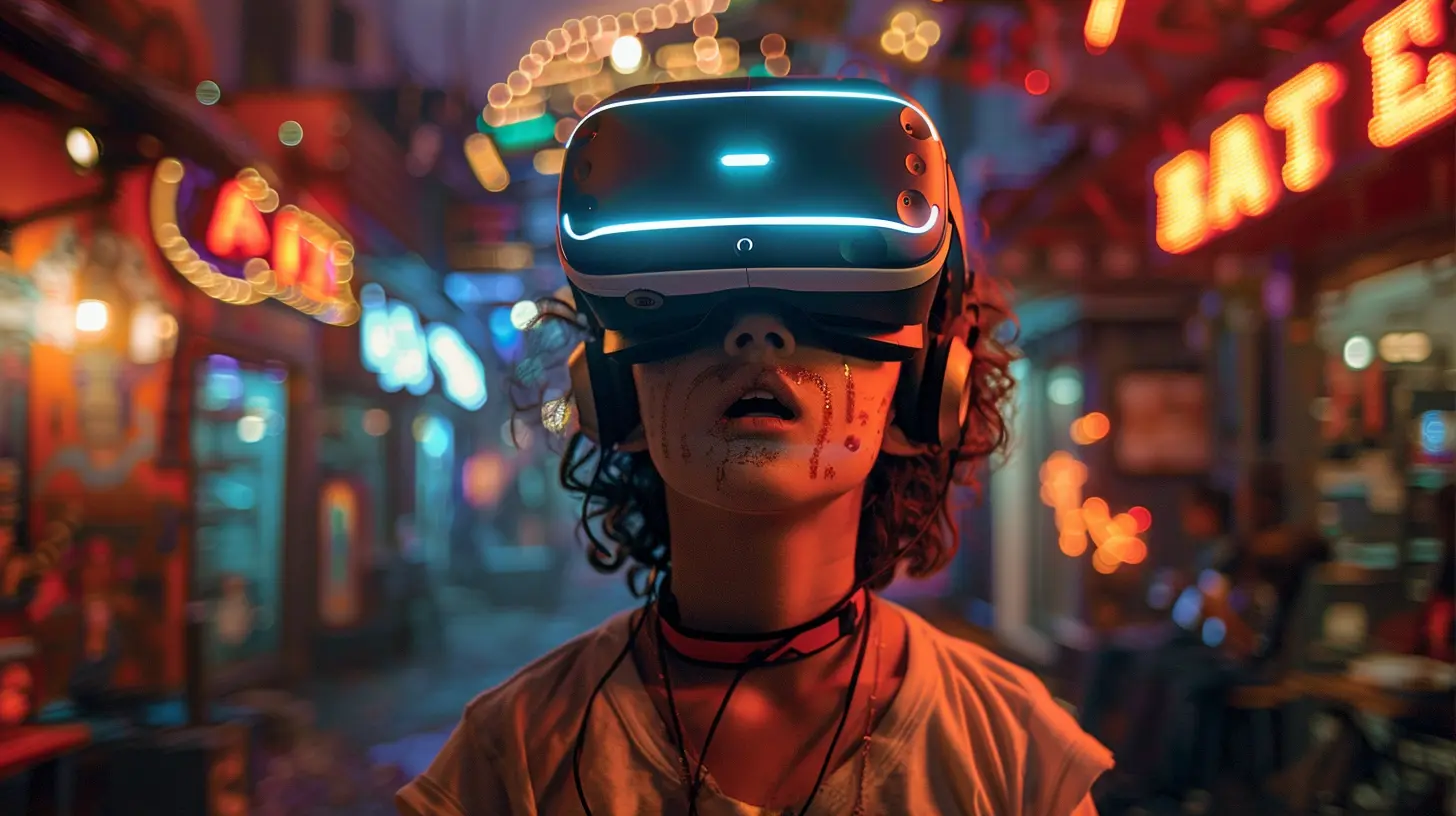
The VR Community Reacts
Gamers? They’re losing their minds over this.Reddit threads are overflowing. Content creators are filming “first reaction” videos that look more like people stepping into a real-life Narnia than a video game. And the reviews? Glowing would be an understatement.
“I actually sat down on the floor and forgot I was in my living room,” one user wrote.
Another said, “I cried. In a video game. I’ve never cried in a VR game before.”
It’s not overhyped when the entire community is saying the same thing: this is the most immersive VR experience ever created.
Of Course, It’s Not Perfect
Look, no game is flawless—and this one’s no exception.First off, the hardware barrier is real. While it doesn’t require a full-body suit, you’ll still need a high-end headset, a decent amount of space, and a beefy PC to run it well. That makes it less accessible to newcomers who are just dipping their toes into VR.
Also, all that emotional AI and real-time adaptation? It sometimes misfires. You could be calm as a cucumber and the AI thinks you’re nervous and starts tiptoeing around you. Weird, but hey, it’s still early tech.
Lastly, the game is intense. Like, sit-down-and-process-your-feelings intense. Don’t expect a lighthearted casual session. This is more like an emotional rollercoaster with photorealistic graphics and a hint of psychological depth. If that’s your thing, fantastic. If not, maybe it’s not your cup of virtual tea.
So, Should You Play It?
Short answer? Yep.Long answer? If you have the gear, the space, and the emotional bandwidth, absolutely yes. This game is a milestone—not just for VR, but for interactive storytelling and immersive media as a whole.
It’s not about achieving high scores or unlocking gear. It’s about connection. With the world. With the story. With the characters. And most surprisingly, with yourself. That’s a rare thing in any game—VR or not.
The Future of Immersive Gaming
This new VR title is setting a precedent. It’s showing developers, and gamers alike, what's possible when immersion is the priority. We’re talking about games that feel real in every sense of the word.So where does this go from here? More emotional depth. Better accessibility. Hardware that matches the software’s ambition. And maybe—just maybe—we'll see a day when VR isn’t a separate “genre” but just another way to interact with stories. Not watching or playing but living them.
Final Thoughts: The Game That Changed the Game
There are few moments in gaming history when something truly revolutionary comes along. Think of the first time you played 3D Mario, or when you realized Skyrim could devour your weekend. This VR title stands shoulder-to-shoulder with those moments. It's not just a new level of immersion—it’s a completely new language of interaction.Will every game follow suit? Maybe not right away. But one thing's for sure: the bar has been raised, and there’s no going back.
So, are you ready to step inside the future?
all images in this post were generated using AI tools
Category:
Gaming News UpdatesAuthor:

Stephanie Abbott
Discussion
rate this article
1 comments
Esme Bellamy
This new VR title truly redefines immersion! It’s incredible to see how far technology has come, making virtual experiences feel so real. Can’t wait to play!
September 10, 2025 at 3:26 AM

Stephanie Abbott
Thank you! We're excited to see how this VR title pushes boundaries and enhances the gaming experience. Enjoy playing!


